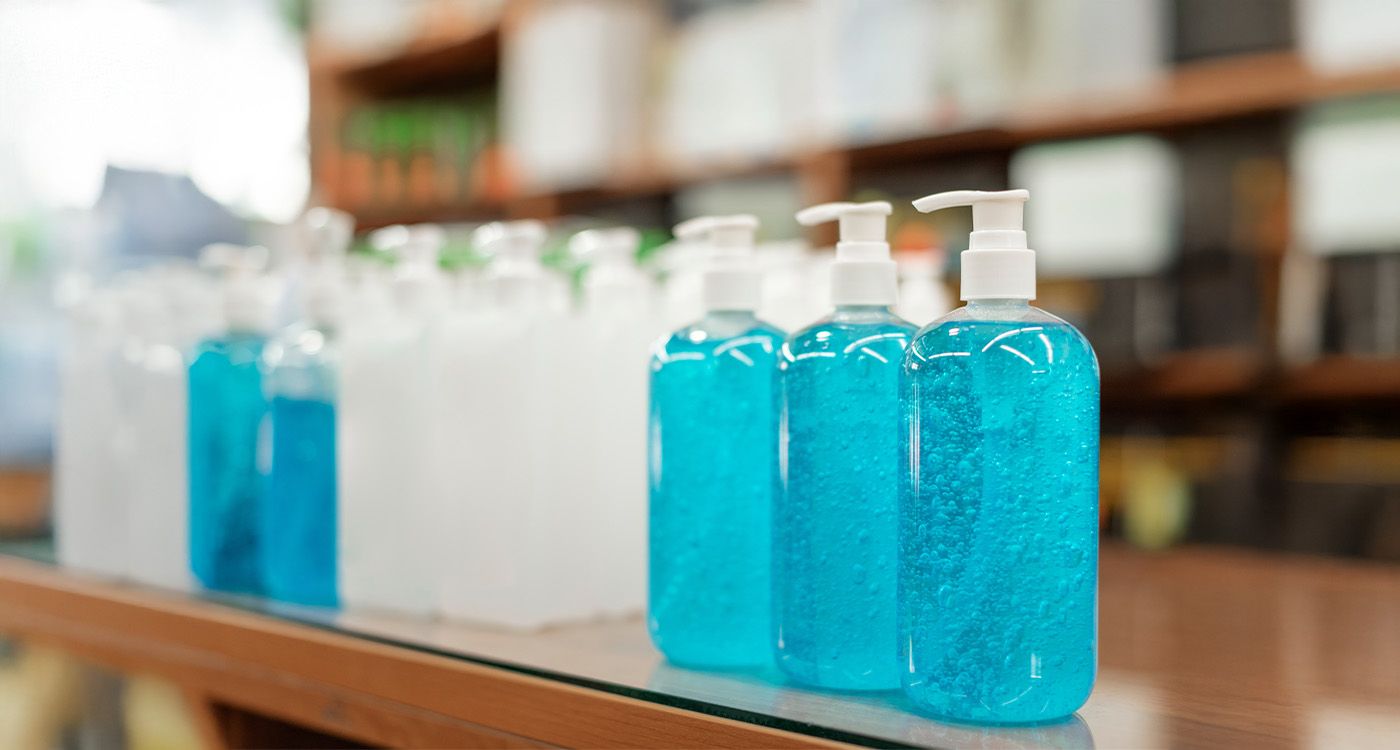
Some of the chemicals widely used for protection during the 2020 – 2021 coronavirus pandemic are now raising concerns among scientists, with new research suggesting they may have posed unexpected health risks.
According to a recent report published by the Financial Times on Tuesday, the European Union (EU) is considering classifying ethanol, a key ingredient in hand sanitizers and disinfectants, as a potentially dangerous substance over increasing evidence of cancer risks.
The move follows an internal recommendation, dated October 10, from a working group within the European Chemicals Agency (ECHA) that flagged ethanol as a toxic compound linked to cancer and pregnancy complications, urging regulators to consider alternatives in hygiene and cleaning products.
Ethanol: A familiar substance with hidden risks
Ethanol has long been promoted as a symbol of cleanliness, a clear liquid used to sterilize and protect. Yet experts in chemistry and toxicology have long understood that its effects are more nuanced.
A chemist who spoke to This is Beirut on condition of anonymity explained that ethanol’s molecular simplicity masks its chemical potency. “Ethanol consists of a two-carbon chain and a hydroxyl group,” he said. “It can be made either biologically, by fermenting sugars such as glucose or sucrose from grains or fruits, or synthetically, using petrochemical feedstocks.”
When asked whether ethanol is truly carcinogenic, the chemist was cautious but clear. “Ethanol can indeed lead to cancer, but indirectly,” he said. “It’s not ethanol itself that’s highly reactive, it’s its metabolite – acetaldehyde – which forms when ethanol is processed in the body.”
Acetaldehyde binds to DNA and proteins, causing mutations over time. The risk depends on dose and chronic exposure: the more moderate the use, the lower the danger.”
Ethanol Is Everywhere – From Makeup to Car Fuel
Yet moderation is a challenge when ethanol is, quite literally, everywhere.
In the bathroom, it’s in mouthwash, aftershave, and makeup removers.
In the kitchen, it appears not only in cleaning detergents but also in wine, beer, and spirits.
In the garage, it powers cars as bioethanol fuel and features in paints, adhesives, and window cleaners.
It’s the invisible companion of modern life, present in the hand sanitizer on your desk, the perfume on your wrist, and the fuel that propels your vehicle.
Its role in alcoholic beverages has long been tied to cancers of the liver, mouth, and throat, particularly among heavy drinkers.
By extension, the chemist warned, exposure to ethanol vapors or combusted fuel may also pose risks: “Matter is neither created nor destroyed. The ethanol burned in engines transforms chemically, but exposure to its byproducts could still be harmful.”
Upcoming EU review: A potential reclassification
Against this backdrop, the ECHA’s Biocidal Products Committee will convene between November 25 and 27 to examine ethanol’s classification under EU law. The committee will discuss whether the compound should be officially deemed carcinogenic, mutagenic, or toxic for reproduction in the context of biocidal use, that is, its presence in products designed to destroy harmful organisms. It will assess hazard levels, exposure limits, and whether ethanol meets the exclusion or substitution criteria outlined in the Biocidal Products Regulation (BPR).
The panel is also expected to consider whether, even if deemed hazardous, ethanol could remain approved for limited uses, if exposure can be controlled or if no viable alternatives exist. Any final decision, however, will rest with the European Commission, which will review the committee’s scientific opinion before issuing a ruling.
Diverging Views at the Global Level
While European regulators deliberate, global health authorities maintain a different stance. The World Health Organization (WHO) continues to classify ethanol and isopropanol as safe for hand hygiene, citing decades of use and evidence of efficacy against infectious agents.
Public health experts emphasize that any potential reclassification of ethanol would apply primarily to industrial and regulatory settings, not to everyday use of hand sanitizers at home.
Balancing protection and precaution
Still, the discussion highlights a broader reality: chemical safety is complex, and substances designed to protect can sometimes carry unintended consequences. Ethanol became a household staple during the pandemic, but ongoing research is prompting questions about the potential long-term effects of widespread exposure.
Until a final conclusion is reached, exercising caution remains advisable. Limiting unnecessary exposure to products rich in ethanol, especially when alternatives exist, may be wise.
Ultimately, informed and responsible use remains key. The effectiveness of such products in reducing germs is well-established, but continued evaluation ensures that public health guidance keeps pace with emerging evidence.




Comments